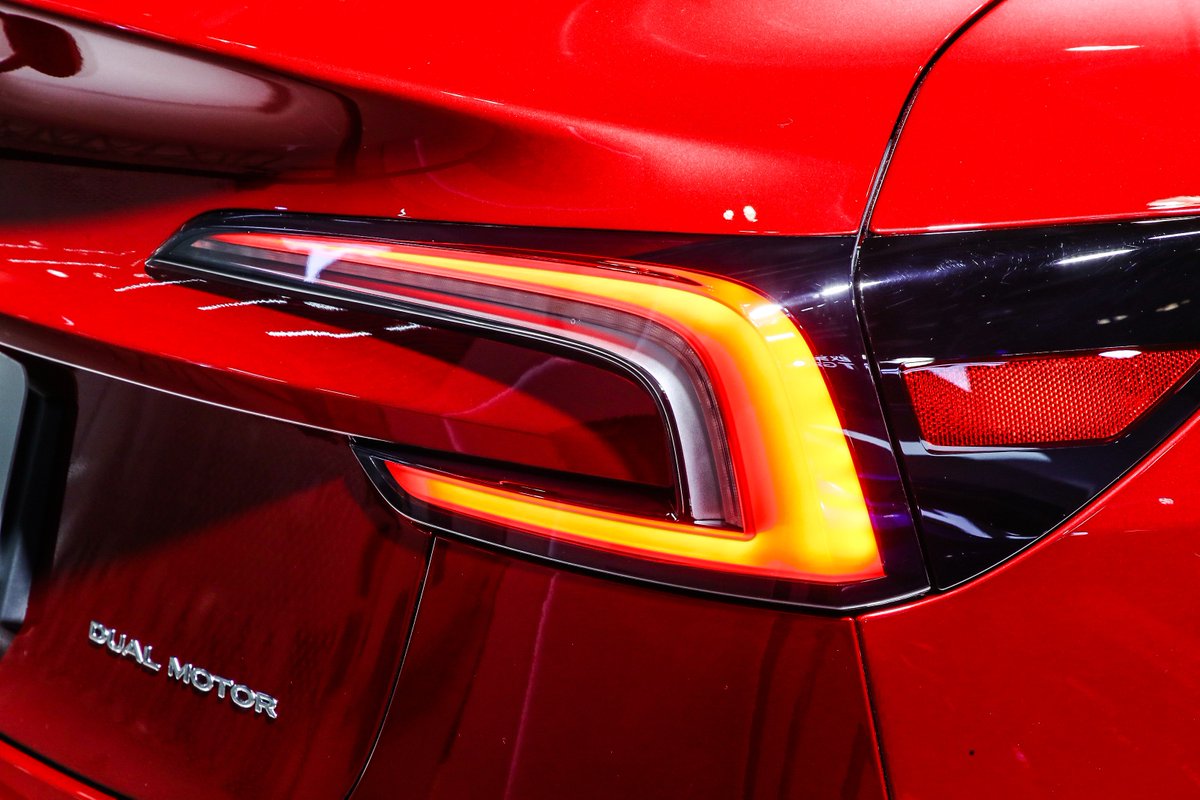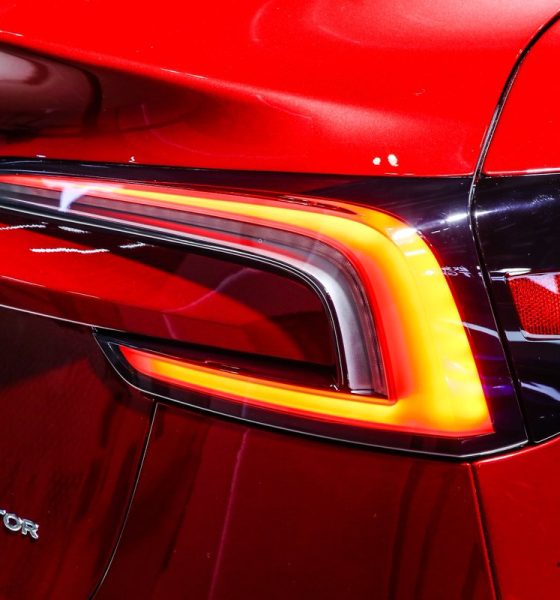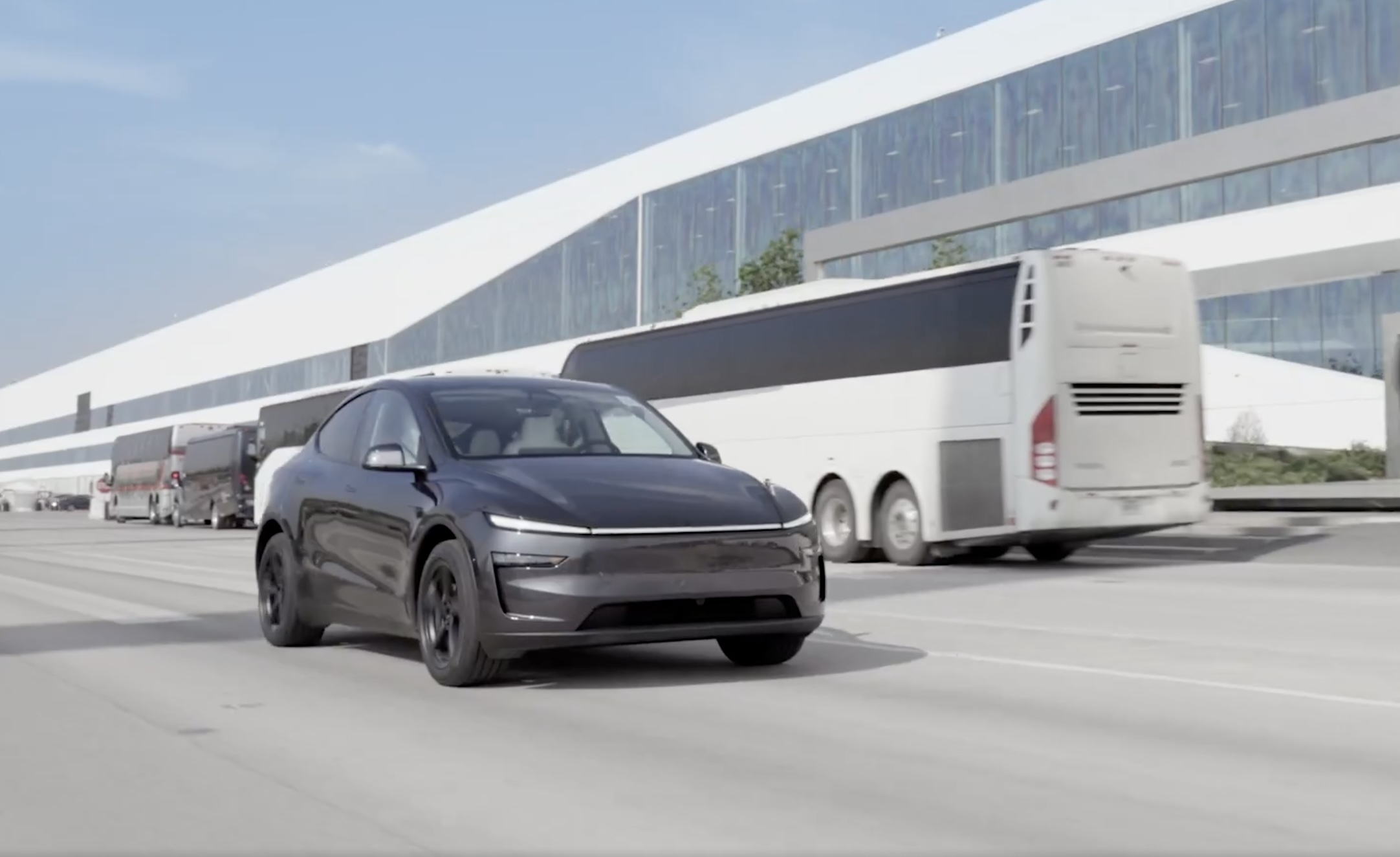

Investor's Corner
Tesla shareholder’s legal team adjusts demand to $1.44 billion in fees for Musk pay case
The legal team of Tesla shareholder Richard Tornetta, who filed a legal complaint against Elon Musk’s 2018 CEO Performance Award, has adjusted their plaintiff fee request to the Delaware Court. Tornetta’s legal team noted that they could adjust their proposed fee to just $73,948 per hour, which would amount to a cash award of roughly $1.44 billion.
The Tornetta vs. Musk case became a notable issue for the electric vehicle maker back in January when Judge Kathaleen McCormick of the Delaware Court of Chancery rescinded Musk’s 2018 CEO Performance Award. For their work in the case, Tornetta’s legal team argued that they should be granted 29.4 million TSLA shares. Such an amount would be worth over $5 billion, or more than $200,000 per hour.
Tesla has argued against Tornetta’s legal team’s arguments. As noted in a Reuters report, the electric vehicle maker argued that the legal team of the Tesla shareholder — who held nine shares when he filed his complaint against Musk’s 2018 pay package — should be paid just about $13.6 million for their work. Longtime Tesla retail shareholder Amy Steffens has also secured legal counsel to challenge the $200,000 per hour fee request of Tornetta’s attorneys.
In their recent filing, Tornetta’s legal team proposed an alternative way of looking at the fees for their work in the case. While the legal team rejected Tesla’s $13.6 million legal fee argument, and while the attorneys still argued that the court should strongly consider granting them over 29 million TSLA shares as payment, they noted that the Court could go for a cash-based alternative structure instead. Such a system would lower their hourly rate to $73,948, and would result in a payment of around $1.44 billion.
$73,948 per hour is unacceptable and highly inappropriate to request.
The ABA Rules for Professional Conduct, specifically Rule 1.5(a) states: “A lawyer shall not make an agreement for, charge, or collect an unreasonable fee or an unreasonable amount for expenses…”
In short,… https://t.co/kItq68oBAK— Jade (@ImUsuallyRighTT) June 22, 2024
Following are sections of the filing from Tornetta’s lawyers.
“While Plaintiff’s Counsel sincerely believe the award sought is appropriate, earned, and indeed conservative under Delaware law—the Action did, after all, rescind an ‘unfathomable’ $55B compensation package, the largest in history by multiples—Plaintiff’s Counsel acknowledge the requested award, if granted, would be record-setting and the subject of significant commentary. Were the Court concerned by the requested award’s size and desirous of a different approach, there are other alternatives available that address the expressed concerns about “windfalls.”
“Specifically, $35,000/hour cannot be a ‘windfall’ because that hourly rate was awarded by this Court and affirmed by the Supreme Court over a decade ago in Southern Peru. Adjusted to today’s dollars, a $35,000 hourly rate would be over $55,600/hour. It follows, a fortiori, that for a substantial verdict on the order of Southern Peru, an award of at least $55,600/hour is not a ‘windfall.’
“Indeed, even Tesla argues that this Action created compensable value equal to its calculation of the Grant’s $2.3B GDFV. But even using this low-end value estimate, the benefit Plaintiff achieved here was significantly higher than the $1.347B (pre-interest) Southern Peru benefit. Thus, a low-end cash award of roughly $1.0842B could be fashioned based solely on the affirmed, inflation-adjusted Southern Peru numbers.
“But any such award would be unfairly low for two reasons. First, as noted in Plaintiff’s Opening Brief, this Court in Southern Peru—after admonishing plaintiff’s counsel to seek a conservative fee given ‘the reality [that] their own delays affected the remedy awarded’—further reduced that request by one-third as a penalty for counsel taking so long to prosecute the case that rescission was impossible. Second, the ~$51B benefit achieved here is approximately 38x higher than the benefit achieved in Southern Peru.
“Adjusting for the one-third penalty assessed in Southern Peru—which was applied to an already conservative 22.5% request by that plaintiff—brings the inflation-adjusted lodestar to $73,948/hour, which yields a fee of approximately $1.44B. Adjusting further to reflect the much higher result here is a matter of the Court’s discretion Plaintiff’s Counsel would submit that exercising the Court’s discretion to award a cash fee of roughly twice the inflation-adjusted Southern Peru hourly rate after reversing for the discount appropriately reflects the substantially greater benefit achieved here,” Tornetta’s lawyers wrote.
The fling from Tornetta’s lawyers can be viewed below (via Plainsite).
gov.uscourts.delch.2018-0408-KSJM.387.0 by Simon Alvarez on Scribd
Don’t hesitate to contact us with news tips. Just send a message to simon@teslarati.com to give us a heads up.

Investor's Corner
Tesla stock lands elusive ‘must own’ status from Wall Street firm

Tesla stock (NASDAQ: TSLA) has landed an elusive “must own” status from Wall Street firm Melius, according to a new note released early this week.
Analyst Rob Wertheimer said Tesla will lead the charge in world-changing tech, given the company’s focus on self-driving, autonomy, and Robotaxi. In a note to investors, Wertheimer said “the world is about to change, dramatically,” because of the advent of self-driving cars.
He looks at the industry and sees many potential players, but the firm says there will only be one true winner:
“Our point is not that Tesla is at risk, it’s that everybody else is.”
The major argument is that autonomy is nearing a tipping point where years of chipping away at the software and data needed to develop a sound, safe, and effective form of autonomous driving technology turn into an avalanche of progress.
Wertheimer believes autonomy is a $7 trillion sector,” and in the coming years, investors will see “hundreds of billions in value shift to Tesla.”
A lot of the major growth has to do with the all-too-common “butts in seats” strategy, as Wertheimer believes that only a fraction of people in the United States have ridden in a self-driving car. In Tesla’s regard, only “tens of thousands” have tried Tesla’s latest Full Self-Driving (Supervised) version, which is v14.
Tesla Full Self-Driving v14.2 – Full Review, the Good and the Bad
When it reaches a widespread rollout and more people are able to experience Tesla Full Self-Driving v14, he believes “it will shock most people.”
Citing things like Tesla’s massive data pool from its vehicles, as well as its shift to end-to-end neural nets in 2021 and 2022, as well as the upcoming AI5 chip, which will be put into a handful of vehicles next year, but will reach a wider rollout in 2027, Melius believes many investors are not aware of the pace of advancement in self-driving.
Tesla’s lead in its self-driving efforts is expanding, Wertheimer says. The company is making strategic choices on everything from hardware to software, manufacturing, and overall vehicle design. He says Tesla has left legacy automakers struggling to keep pace as they still rely on outdated architectures and fragmented supplier systems.
Tesla shares are up over 6 percent at 10:40 a.m. on the East Coast, trading at around $416.
Investor's Corner
Tesla analyst maintains $500 PT, says FSD drives better than humans now
The team also met with Tesla leaders for more than an hour to discuss autonomy, chip development, and upcoming deployment plans.

Tesla (NASDAQ:TSLA) received fresh support from Piper Sandler this week after analysts toured the Fremont Factory and tested the company’s latest Full Self-Driving software. The firm reaffirmed its $500 price target, stating that FSD V14 delivered a notably smooth robotaxi demonstration and may already perform at levels comparable to, if not better than, average human drivers.
The team also met with Tesla leaders for more than an hour to discuss autonomy, chip development, and upcoming deployment plans.
Analysts highlight autonomy progress
During more than 75 minutes of focused discussions, analysts reportedly focused on FSD v14’s updates. Piper Sandler’s team pointed to meaningful strides in perception, object handling, and overall ride smoothness during the robotaxi demo.
The visit also included discussions on updates to Tesla’s in-house chip initiatives, its Optimus program, and the growth of the company’s battery storage business. Analysts noted that Tesla continues refining cost structures and capital expenditure expectations, which are key elements in future margin recovery, as noted in a Yahoo Finance report.
Analyst Alexander Potter noted that “we think FSD is a truly impressive product that is (probably) already better at driving than the average American.” This conclusion was strengthened by what he described as a “flawless robotaxi ride to the hotel.”
Street targets diverge on TSLA
While Piper Sandler stands by its $500 target, it is not the highest estimate on the Street. Wedbush, for one, has a $600 per share price target for TSLA stock.
Other institutions have also weighed in on TSLA stock as of late. HSBC reiterated a Reduce rating with a $131 target, citing a gap between earnings fundamentals and the company’s market value. By contrast, TD Cowen maintained a Buy rating and a $509 target, pointing to strong autonomous driving demonstrations in Austin and the pace of software-driven improvements.
Stifel analysts also lifted their price target for Tesla to $508 per share over the company’s ongoing robotaxi and FSD programs.
Investor's Corner
Tesla wins $508 price target from Stifel as Robotaxi rollout gains speed
The firm cited meaningful progress in Tesla’s robotaxi roadmap, ongoing Full Self-Driving enhancements, and the company’s long-term growth initiatives.

Tesla received another round of bullish analyst updates this week, led by Stifel, raising its price target to $508 from $483 while reaffirming a “Buy” rating. The firm cited meaningful progress in Tesla’s robotaxi roadmap, ongoing Full Self-Driving enhancements, and the company’s long-term growth initiatives.
Robotaxi rollout, FSD updates, and new affordable cars
Stifel expects Tesla’s robotaxi fleet to expand into 8–10 major metropolitan areas by the end of 2025, including Austin, where early deployments without safety drivers are targeted before year-end. Additional markets under evaluation include Nevada, Florida, and Arizona, as noted in an Investing.com report. The firm also highlighted strong early performance for FSD Version 14, with upcoming releases adding new “reasoning capabilities” designed to improve complex decision-making using full 360-degree vision.
Tesla has also taken steps to offset the loss of U.S. EV tax credits by launching the Model Y Standard and Model 3 Standard at $39,990 and $36,990, Stifel noted. Both vehicles deliver more than 300 miles of range and are positioned to sustain demand despite shifting incentives. Stifel raised its EBITDA forecasts to $14.9 billion for 2025 and $19.5 billion for 2026, assigning partial valuation weightings to Tesla’s FSD, robotaxi, and Optimus initiatives.
TD Cowen also places an optimistic price target
TD Cowen reiterated its Buy rating with a $509 price target after a research tour of Giga Texas, citing production scale and operational execution as key strengths. The firm posted its optimistic price target following a recent Mobility Bus tour in Austin. The tour included a visit to Giga Texas, which offered fresh insights into the company’s operations and prospects.
Additional analyst movements include Truist Securities maintaining its Hold rating following shareholder approval of Elon Musk’s compensation plan, viewing the vote as reducing leadership uncertainty.
@teslarati Tesla Full Self-Driving yields for pedestrians while human drivers do not…the future is here! #tesla #teslafsd #fullselfdriving ♬ 2 Little 2 Late – Levi & Mario








